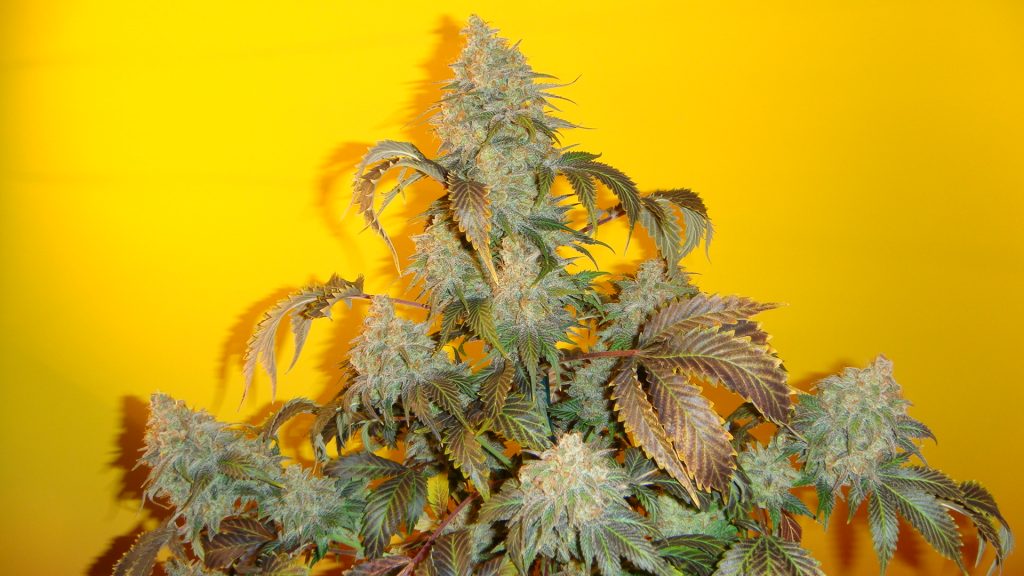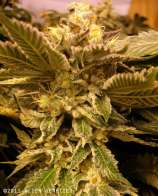

This amazing pic is from the Canada CannabisClub™ Here’s an example of two Ruderalis plants in the wild (pic taken in Russia) The buds aren’t potent and the plants are scrawny, but these plants had one very important trait – the ability to “auto-flower” after just a few short weeks, regardless of light schedules. In the wild, Ruderalis is a small, scraggly wild cannabis plant that grows in extremely cold climates with short summers. People might not consider it a landrace since it doesn’t seem to be actively cultivated by local growers, but it is a local plant that’s been mixed into many breeding programs around the world. There are many phenotypes that show up in mixed heirloom strains like this, and unique genetics you may not be able to find in most modern strains.Ī famous example a local plant that rocked growing world is the “Ruderalis” plant. Panama ’74, Green Panama & Colombian “Punto Rojo” The strain Panama (shown below) is made from three heirloom strains: Many famous cannabis breeders travel around the world to find unique landrace strains to bring into their breeding programs. These seeds are then mixed with other breeding stock to capture those traits in new plants. A landrace strain collector might bring back dozens of seed so the genetics of these local strains are preserved. Many growers will take seeds to grow themselves. Sometimes their local strain has new desirable traits you haven’t seen before (a particular color, taste, smell, potency, etc). So a grower might visit an area where the local growers have a unique strain of cannabis. Generations of growers before us have traveled the world finding landrace strains of cannabis, so that we all get to benefit from a huge pool of genetics for our breeding programs.Ī landrace strain is a local cultivated strain a strain which has been developed by local residents of that area.
#Bubble gum strain males full
Growers everywhere have access to huge seed banks full of diverse genetics, both new and old. These days, there’s so much opportunity to grow buds that produce the exact effects you want.

Some seed breeders like ACE Seeds and Cannabiogen offer some interesting genetics from landrace and heirloom strains. Luckily for breeders, many heirloom and landrace genetics have been preserved through seeds. While these strains may not have been as high in THC or as “pretty” as famous strains today, they had other pleasant mental or body effects. Some growers are starting to breed for other traits besides color or THC/CBD levels, paying more attention to the nuances of different strains and their effects.įor example, some cannabis enthusiasts enjoyed the cannabis they got back in the 60s or 70s, and miss certain effects from older strains. There are many cannabinoids and terpenoids that we haven’t studied, and these all can change what effects the buds will produce. Recently there’s also been many people breeding high-CBD strains for medical users.īut in addition to the percentage of THC or CBD, there’s a lot more to the overall effects of cannabis. Over the last few decades, many growers have been selecting for high-THC and “psychedelic” effects, big plump buds with big yields, shorter flowering periods, pretty colors and overall looks. Now some of these changes are because of different growing practices, but a lot of the changes have to do with genetics and what people have been breeding for over the last several decades. Here’s an assortment of some of today’s strains Here’s some of the top 40 strains according to High Times magazine in 1977 Let’s take a look at an example of the power of selective breeding.
#Bubble gum strain males how to
How to Select Male & Female Plants for Your Breeding ProgramĪre you interested in breeding your own cannabis strains? With all the incredible genetics available today, there are more opportunities than ever for breeding new strains.Įvolution of the Cannabis Plant Through Selective Breeding.Stabilizing Strains, Back-Crossing & Inbreeding.Case Study: Development of the Ruderalis Strain.

Evolution of the Cannabis Plant Through Selective Breeding.


 0 kommentar(er)
0 kommentar(er)
